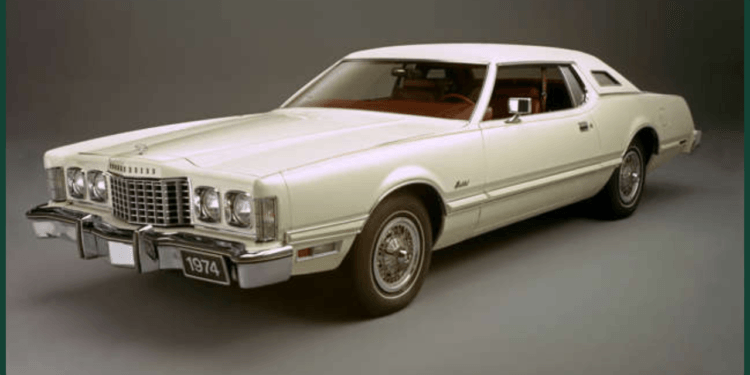Ford’s 335 series V8, better known as the Cleveland V8 after the Ohio factory where most were built, was a high-performance marvel of the late 1960s and early 1970s. Despite its modest displacement compared to larger American V8s, the Cleveland punched above its weight, delivering formidable power and earning a cult following among enthusiasts. Here, we explore the standout cars that showcased this engine’s potential and why it never fully realized its promise.
Introduced in 1970, the Cleveland V8 powered some of Ford’s most iconic performance models. The 1971 Ford Mustang Mach 1, equipped with the 351-cubic-inch (5.8-liter) Cleveland in its high-output “Cobra Jet” form, produced a factory-rated 285 horsepower (per Ford’s archive, measured under the pre-1972 US standard). Its aggressive styling and blistering acceleration made it a muscle car legend. The 1971 Boss 351 Mustang, with a tuned 351 Cleveland pumping out 330 horsepower, was even more ferocious, blending raw power with razor-sharp handling.
Beyond Mustangs, the Cleveland V8 found a home in the 1970-1973 Ford Torino, particularly the Cobra models, which boasted up to 266 horsepower in street trim. In Australia, the Ford Falcon XY GT-HO Phase III, powered by a 351 Cleveland producing a claimed 300 horsepower, became a Down Under icon, dominating local racing circuits.
Yet, the Cleveland’s reign was short-lived. Stricter emissions regulations and the 1973 oil crisis forced Ford to detune engines and prioritize fuel economy. By 1974, the Cleveland was phased out in the US, replaced by less potent designs. Despite its unrealized potential, the Cleveland V8 remains a symbol of Ford’s engineering prowess, immortalized in the Mustangs, Torinos, and Falcons that still thrill enthusiasts today.


















































